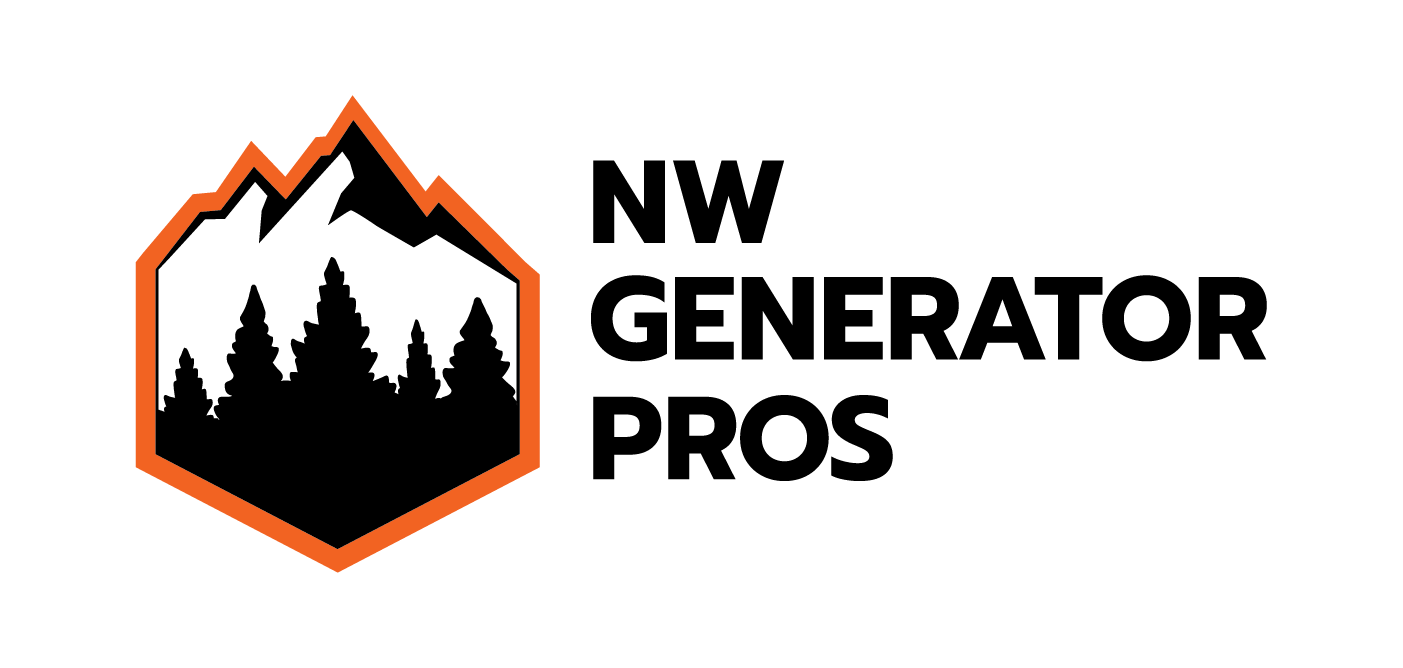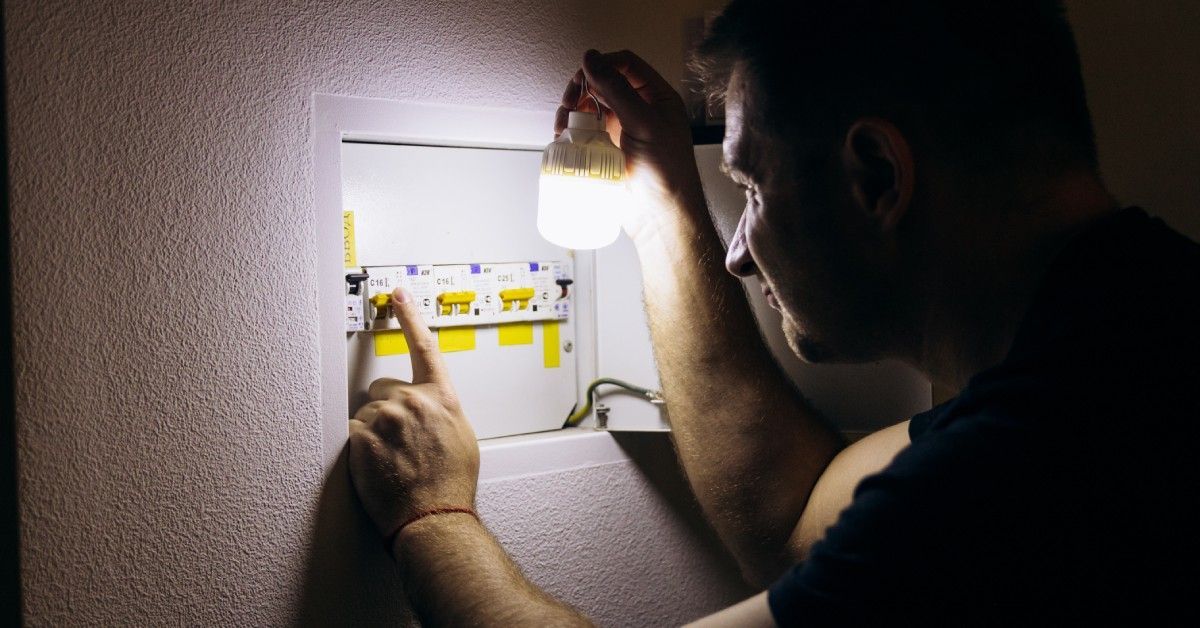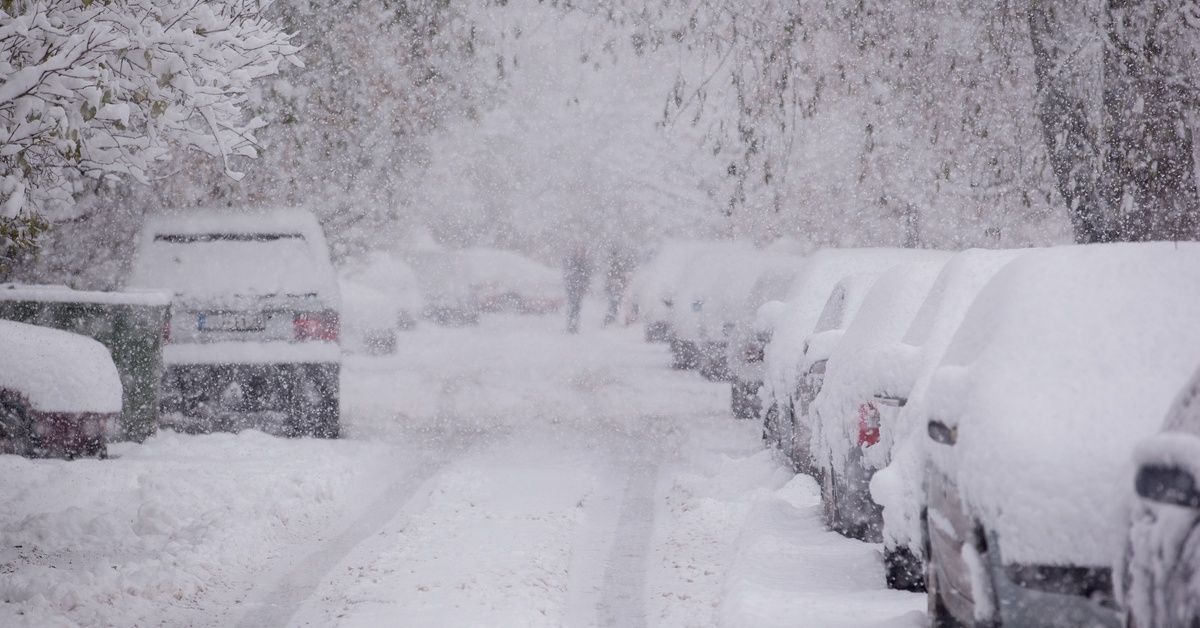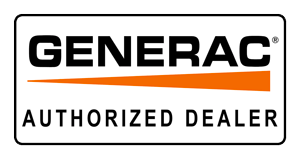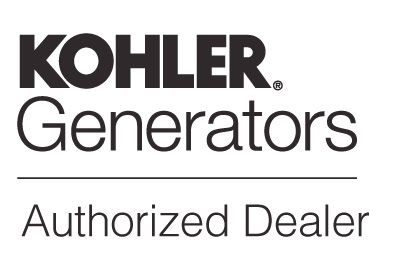Carbon Monoxide Safety Practices for Home Generator Owners
Are you a homeowner who relies on a generator during power outages? If so, ensuring your home is safe from carbon monoxide poisoning is crucial. Carbon monoxide poses an incredibly dangerous health risk—it’s odorless, colorless, and can be lethal. In this guide, we'll provide essential safety practices to protect you and your household when using home generators.
Install a Generator Correctly
Protecting your loved ones from carbon monoxide poisoning starts by working with home generator professionals to install the device in a safe location. The best practice is to place a whole home generator at least 20 feet from your home and surrounding buildings. Proper installation can also prevent exhaust leaks and decrease the risk of carbon monoxide buildup.
Direct Generator Exhaust
Another characteristic of correct generator placement is aiming exhaust fumes in a safe direction. Your generator should be positioned where fumes are not directed toward the home and its windows, doors, and vents. Keeping exhaust away from entry points prevents CO from seeping indoors.
Install a Carbon Monoxide Alarm
Do you have a functioning carbon monoxide alarm? If not, installing one should be a top priority. These alarms should be placed on every level of your home, including your basement, and near your home’s sleep areas. Carbon monoxide alarms should also be battery-operated to ensure they can sound off during a power outage.
Testing Your Alarm
Once carbon monoxide alarms are installed, home generator owners must test them and replace them as necessary. It’s recommended that they be tested monthly and replaced every seven to ten years.
Ensure Proper Generator Ventilation
Regular generator maintenance is key to expanding its lifespan and keeping you and your household safe. Routinely inspect the area surrounding your generator for obstructions, such as debris or vegetation, that could impede airflow. It’s also important to check that the generator’s air intake and exhaust ports are clean and free from debris, as blockages can restrict airflow and increase the risk of overheating and carbon monoxide hazards.
Following these carbon monoxide safety practices is crucial for any homeowner using a generator. If you need assistance, contact NW Generator Pros for generator repair in Portland, Oregon, to keep your equipment in top condition. Protect your home and loved ones by prioritizing carbon monoxide safety today.
